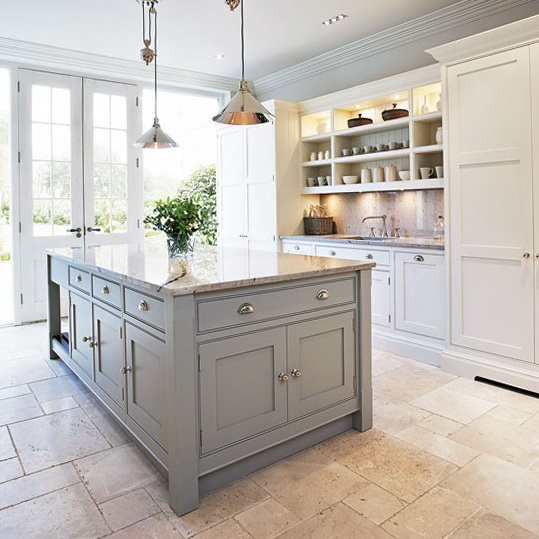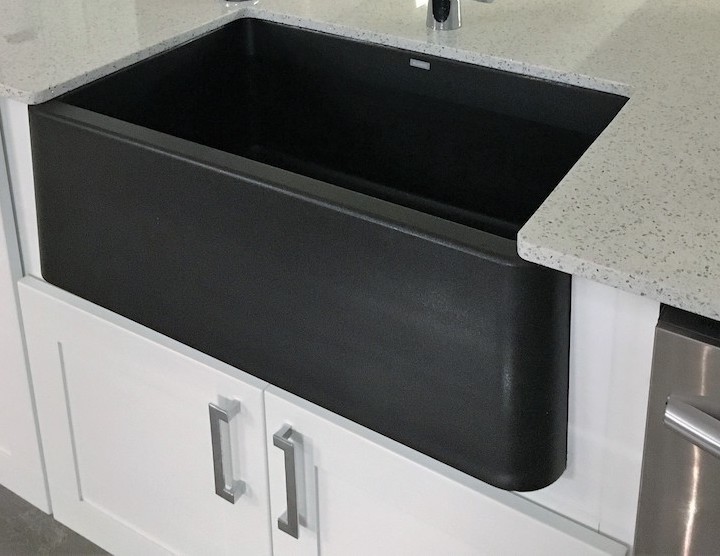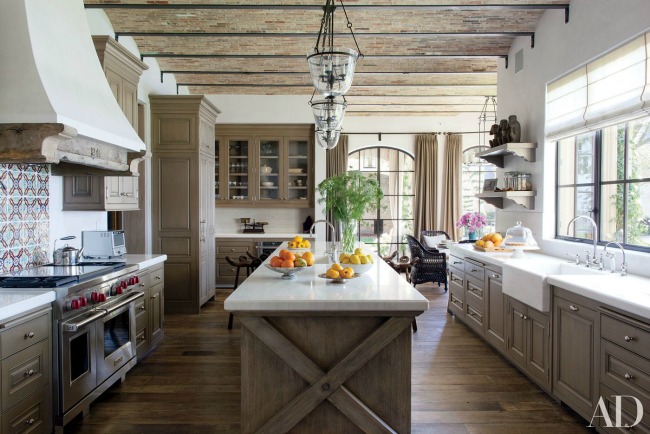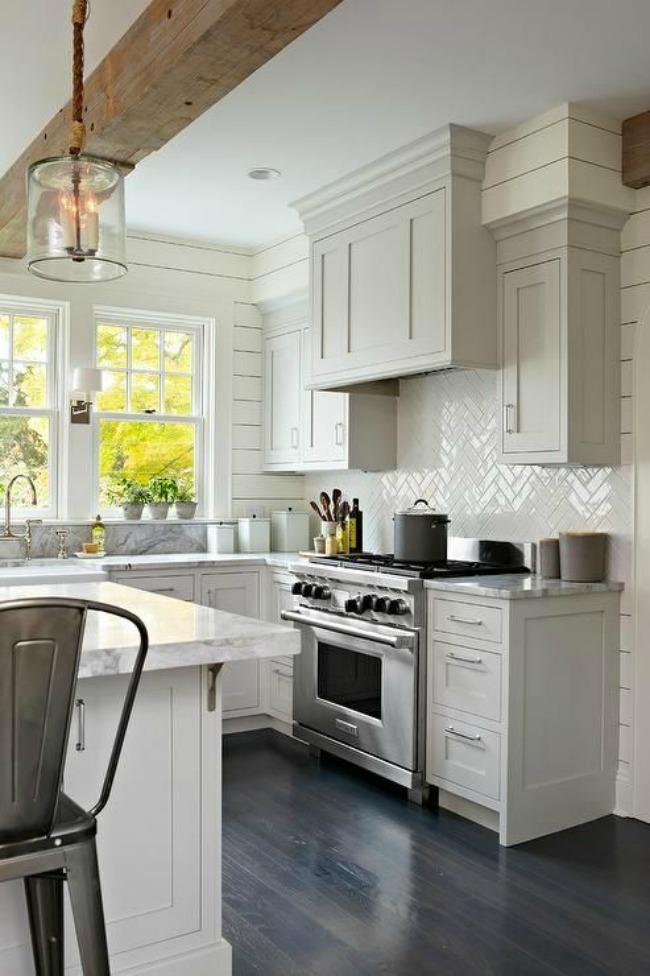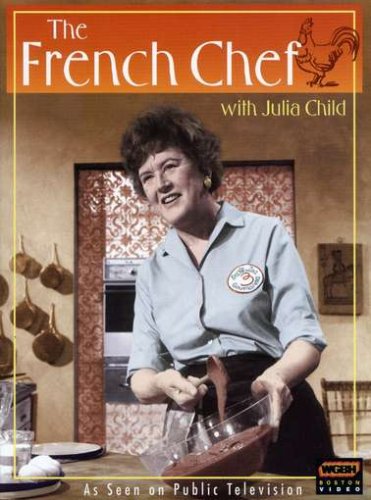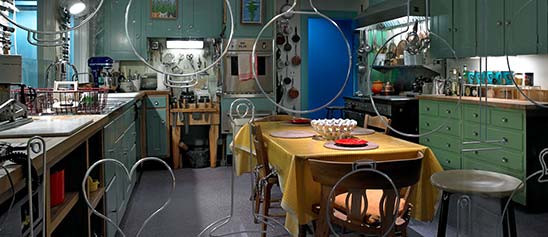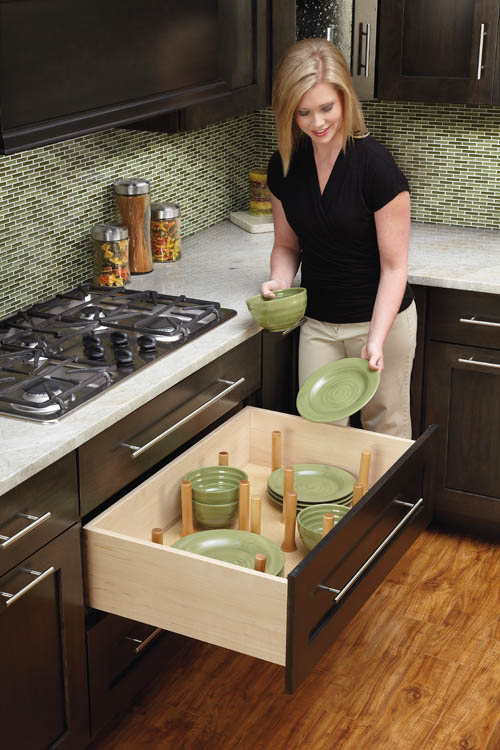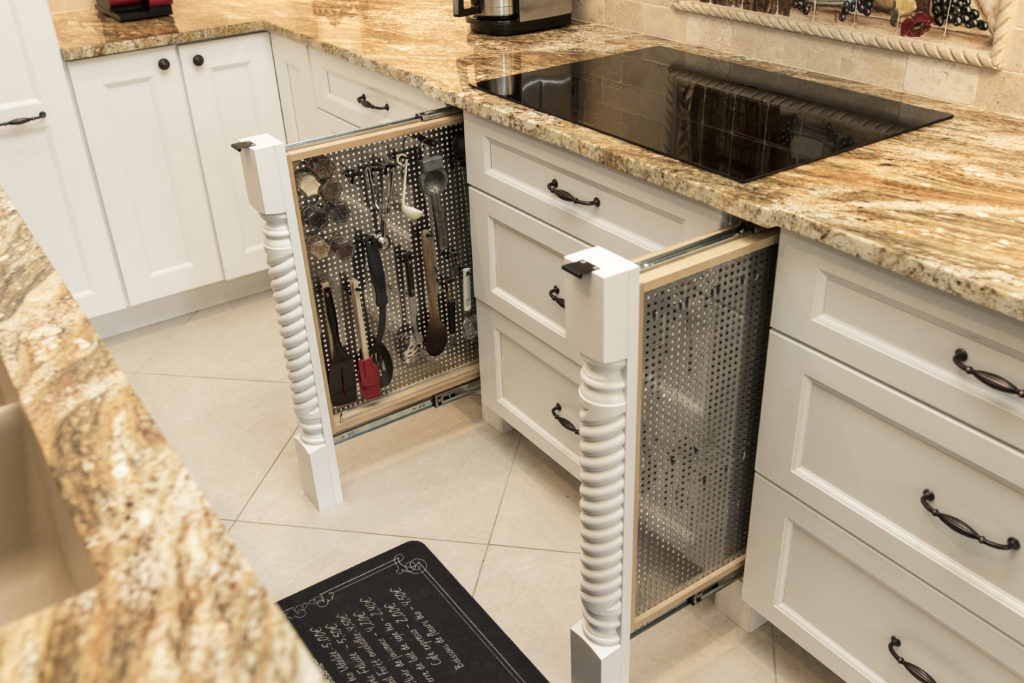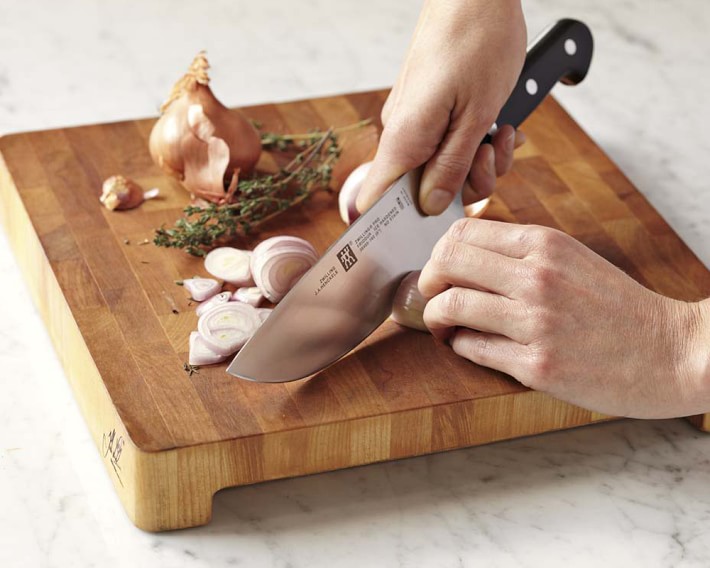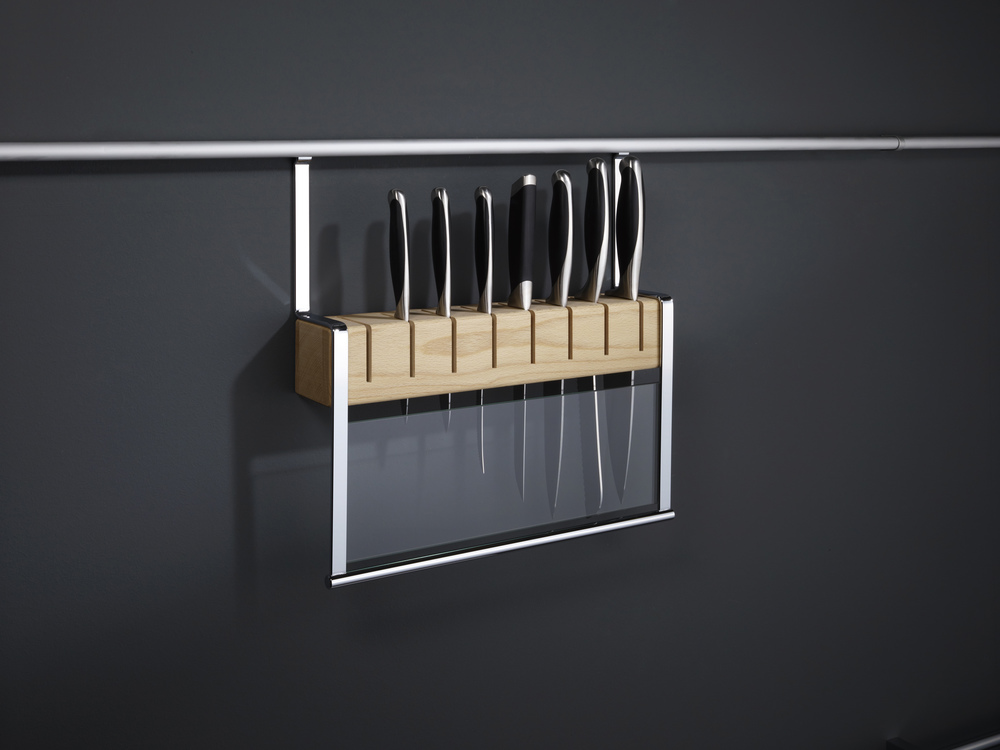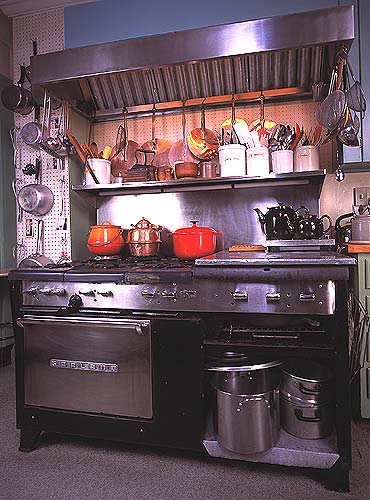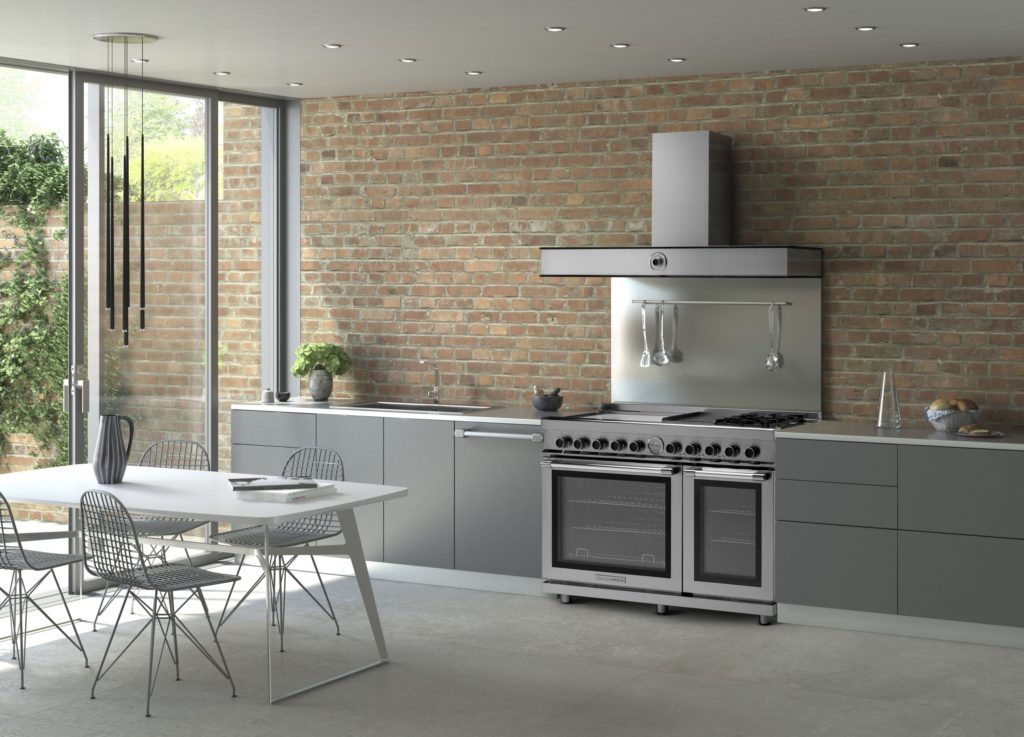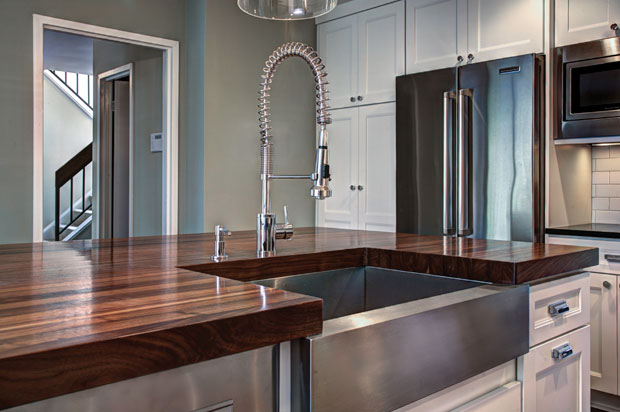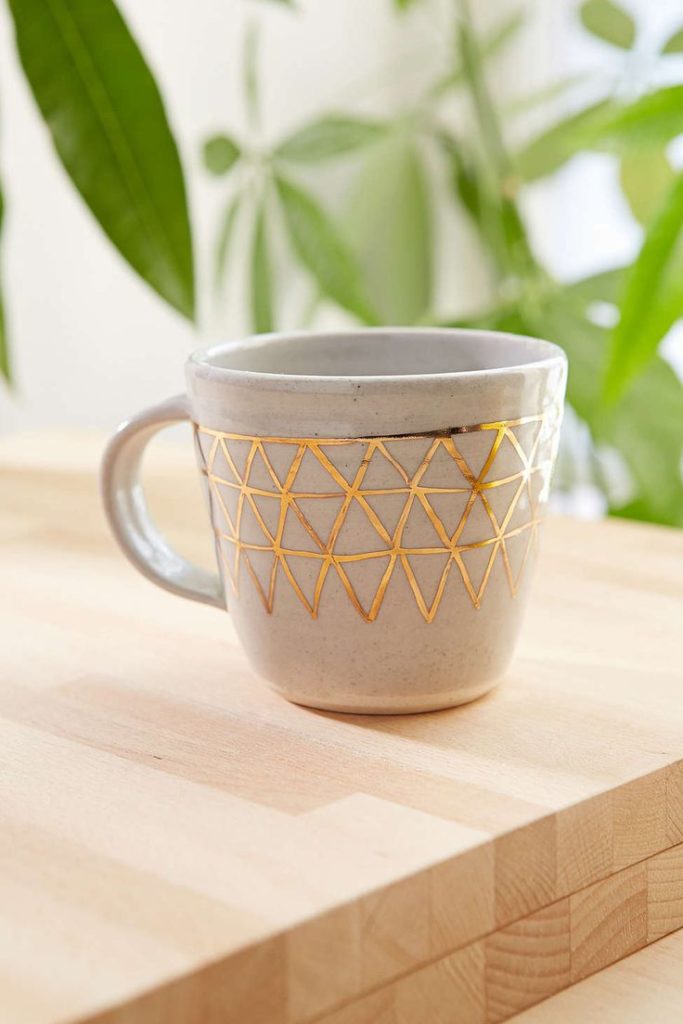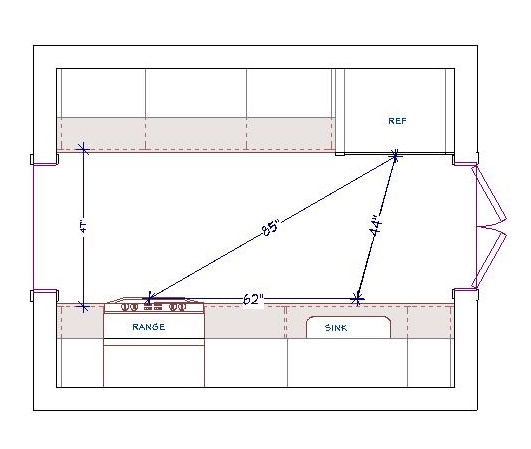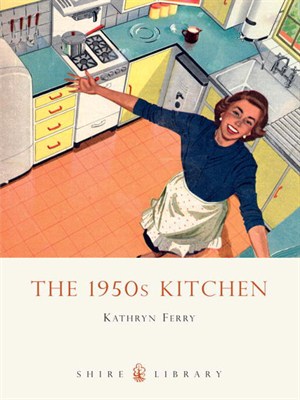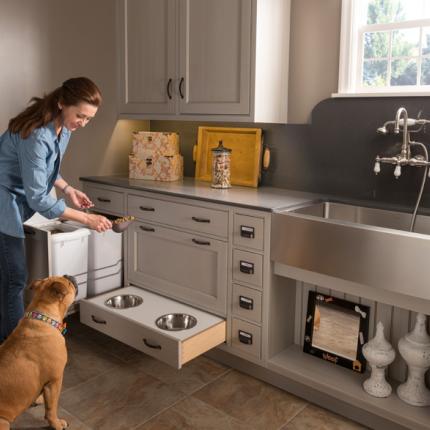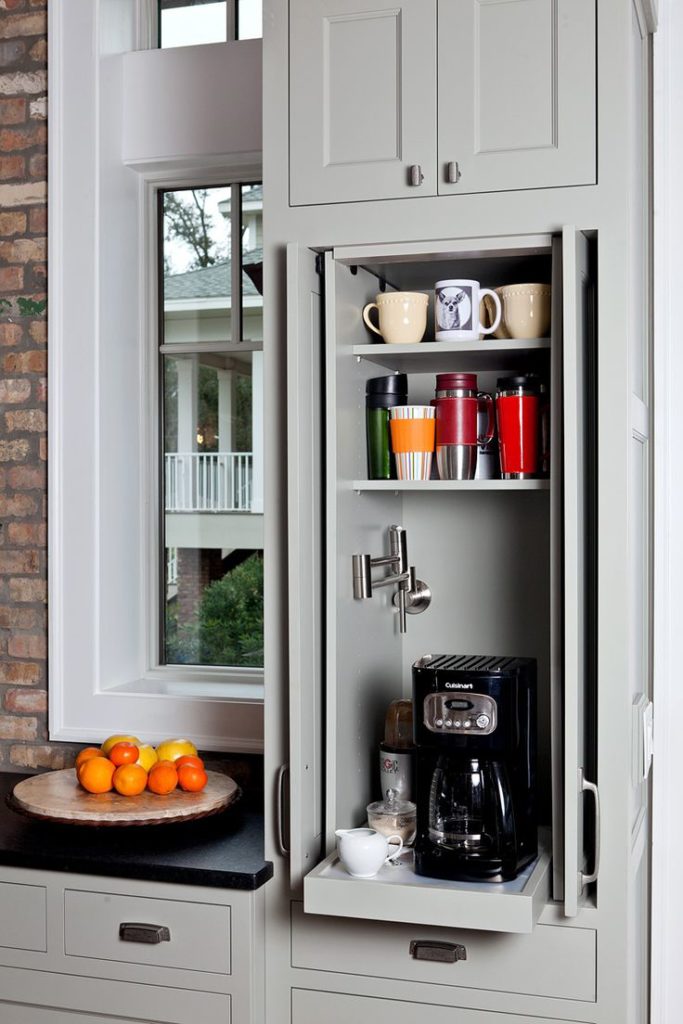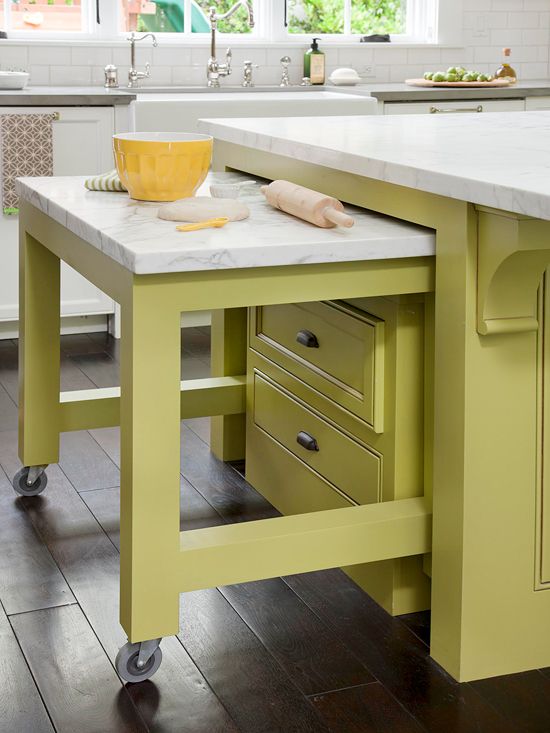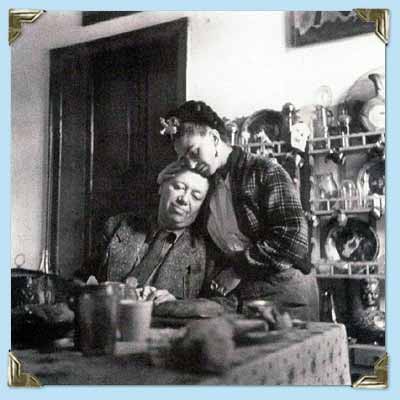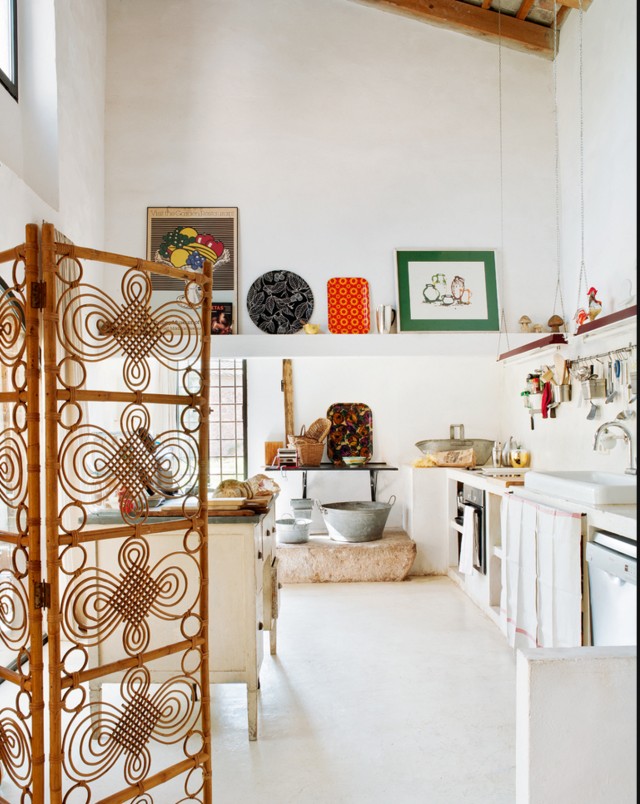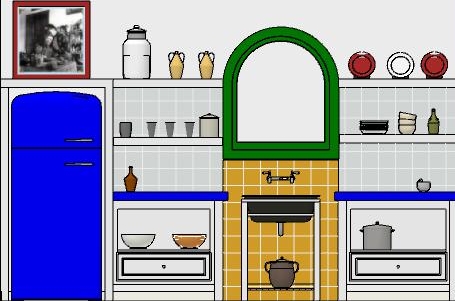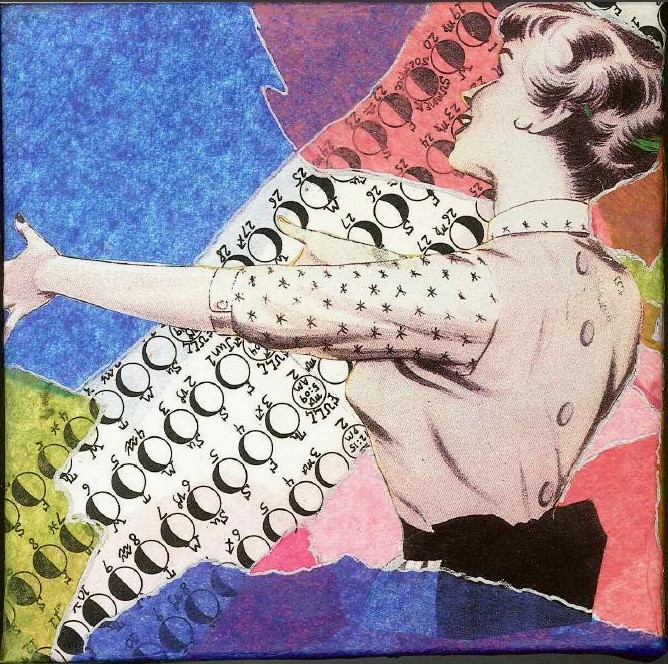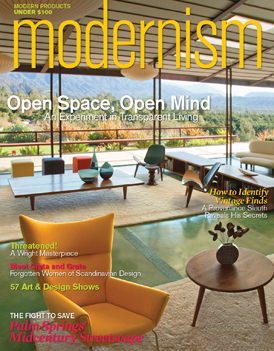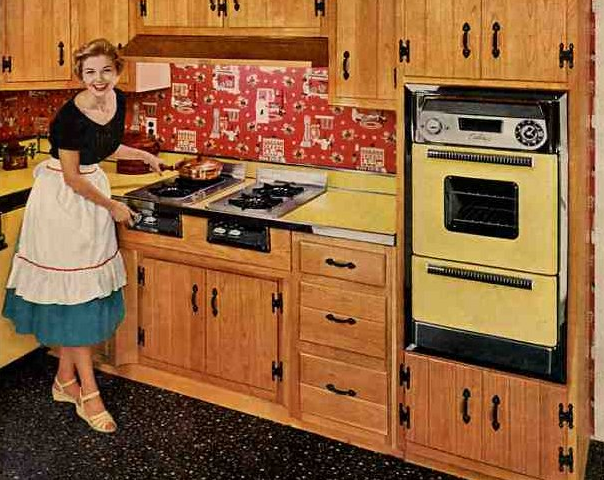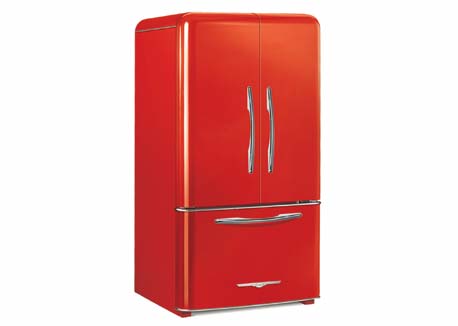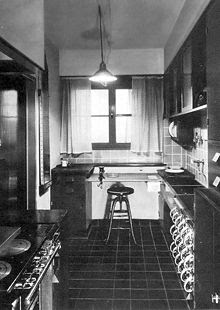If you're a die-hard traditionalist the trend towards contemporary and transitional design may leave you feeling lost for fresh new inspiration in the familiar classic look you love, but no more!
As they say, everything old is new again and that couldn't be more true for Traditional design. If you yearn for that farmhouse feel you're right in step with what's going on in the design world right now. Today's country kitchen has been reinvented with design details that reflect the cleaner lines and stepped-up function of today with the welcoming warmth you want. Here's how you can update without selling the farm.
New Direction for Paneling
Traditional beadboard runs vertically. It's called beadboard because in between each plank there is this detail which is called a bead in molding lingo.
The new look is called shiplap and it goes horizontal instead of vertically for a fresh new interpretation. For a cleaner look, you can even remove the bead and have a v-groove or a nickel sized space between planks. This works for coastal looks too since it's actually inspired by ship design details, thus the name shiplap.
Aprons Rule
Apron sinks, also called farmhouse sinks, are all the rage and they come in a large variety of materials from the original cast iron and clay to the newer stainless steel and granite composite versions. They can also be under mounted so you can wipe those crumbs right off the counter and into the sink. Don't overlap the sink edge though or you'll have a concealed seam underneath between sink and counter that can get pretty gross and be hard to clean.
Less is More
One of the hallmarks of a traditional farmhouse kitchen is lots of moldings, legs, bun feet etc. It used to be the more the merrier but that has changed. You can still have your legs and even corbels but they are simplified and clean lined. Speaking of clean, these less detailed versions of the originals are much easier to keep clean. Less detail can also be easier on the wallet. Win win!
Time for Recess
Attractive and innovative framed doors are the perfect choice for the new farmhouse kitchen and we are seeing flat recessed panel doors as a popular alternative to the traditional raised panel styles. In fact simply switching from a raised panel door to what we call a flat panel door is an instant update. If you want to take it even further consider a flat, or slab drawer front which allows you complete freedom when it comes to selecting your pulls or knobs.
More Inspiration
I found these books which are right on topic. Add them to your library if you are looking for more tips and inspiration on how to achieve the new farmhouse look in the kitchen and other areas of your home. A Touch of Farmhouse Charm: Easy DIY Projects to Add
a Warm and Rustic Feel to Any Room


Now for the Cow
Art can also be a style defining element of your kitchen. Nothing says farmhouse like the quintessential cow. Are you cow A, or are you the more minimalist modern version that is cow B ?
The Farmhouse cows are available through my affiliate Dot & Bo. The books can be found on Amazon. Purchases through the links above can help fund my blog. If you choose to indulge I thank you for your support.
Please keep in mind this is one approach and is reflective of what I'm seeing in the design world. The best advice I can give you is to always design to the style of your home and your heart that way you will never go wrong. It's your investment and you get to choose what you like and leave the rest. I can help you make the best choices for your own unique situation and would love to hear from you. Email me at Gloria@ArtfulKitchens.net to explore how we can work together.
Coming Friday: Parts III & IV of The Big Move
Subscribe above to catch all the episodes!

